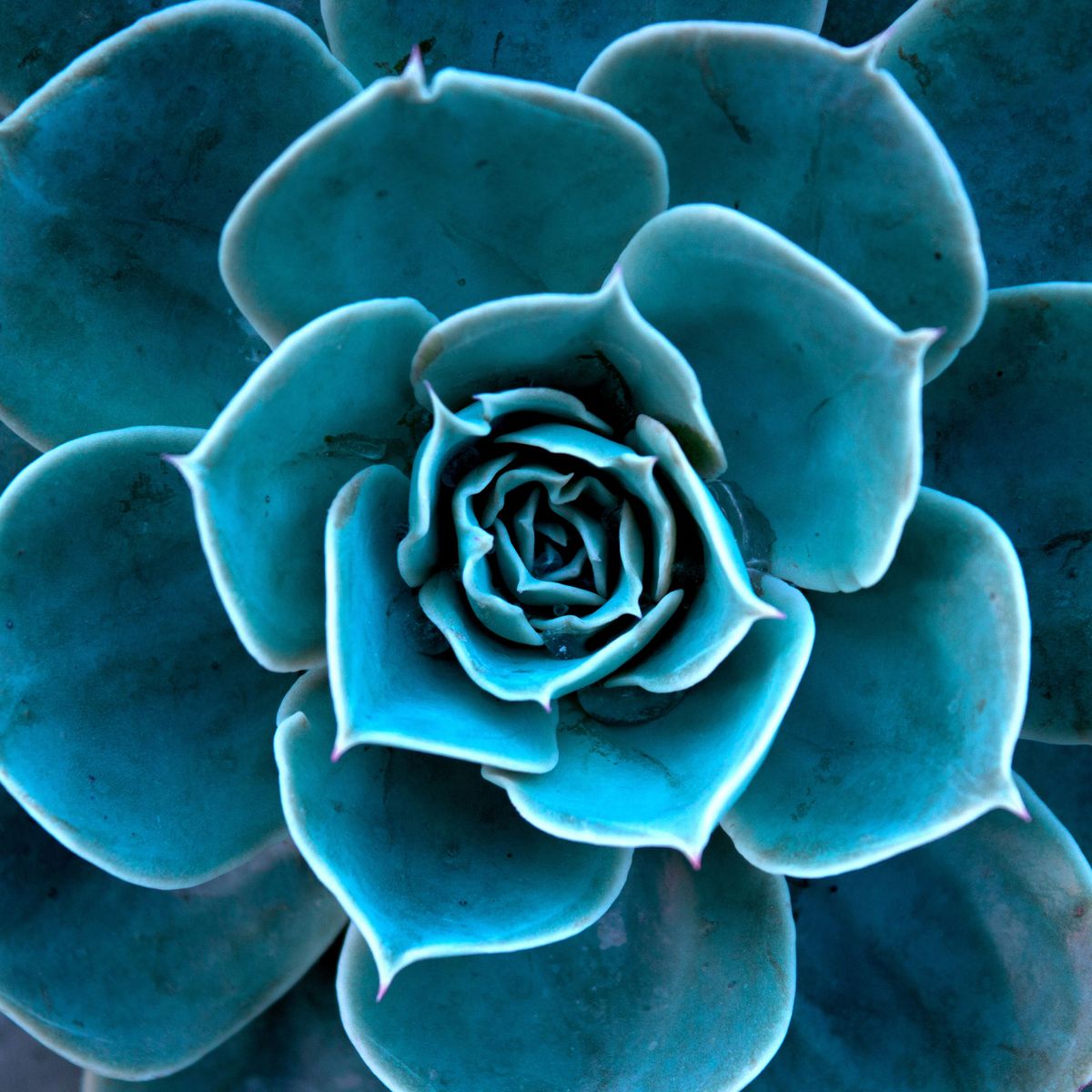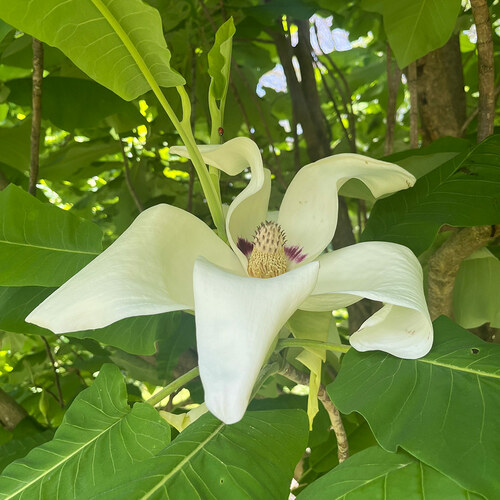A gardener in Pheonix, Arizona, and a gardener in Bangor, Maine has vastly different gardening quandaries. It should go without saying that a region’s climate has a profound impact on its gardens; the temperature, the humidity, the precipitation, and more affect the region in the short and long term, so gardeners need to fully understand their climate to keep their gardens safe.

While you might know which USDA hardiness zone you are in, you might not understand what it means. Here’s a guide to climate zones in general, so you can know when to plant when to harvest and generally how to be a better gardener in your climate.
Some Hardiness Zone Map History
Humans have been planting gardens since the dawn of agriculture, but it wasn’t until the 20th century that people gained hardiness maps. Not all plants can adapt to all environments; thus, hardiness zone maps help gardeners better understand which plants are best suited to the typical climate conditions in their region. This is especially important for permanent landscaping, like trees, shrubs, and perennials, which are expected to survive year after year.
The first map was created in 1927 by Dr. Alfred Rehder at
Harvard University’s Arnold
Arboretum, based on a rather small survey of the survivability of plants in
different regions of the country. Rehder’s map included 8 zones and largely
ignored the western and southern states. The Arnold Arboretum published several
updates to that initial map over the intervening decades, adding to it using 40
years’ worth of climate data from the U.S. Weather Bureau.
In 1960, the U.S. Department of Agriculture developed its own hardiness map, drawing upon data from 450 weather stations around the continent. This map covered territory from the northernmost stretches of Canada to the tip of Florida and boasted 10 zones. Unfortunately, this meant that the USDA map differed from the Arnold Arboretum map — and because the Arnold Arboretum’s map came first, most gardeners ignored the USDA map for decades.
Finally, in the 1990s, the USDA map finally became the
standard thanks to an update from 13 years of data from almost 15,000 weather
stations around North America. This massive increase in information shifted the
areas cooler by one zone, making them the most accurate zones to date.
The current USDA hardiness zone map was created in 2012 and separates the United States (including Hawaii, Alaska, and Puerto Rico) into 13 distinct zones with sub-zones for even more accurate planting. This latest incarnation of the hardiness map uses data from 1976 to 2005 and takes into consideration geographical factors like elevation and proximity to large bodies of water. For the first time, the map is digital, so gardeners can use the web to zoom into their areas to gain more accurate information about their weather and planting guidelines. In fact, you can enter your zip code to find out more about the climate in your unique local area.
Some Drawbacks of the
Zone Map
The hardiness zone map is designed to tell gardeners about the extremely low temperatures in their region. Because most plants are susceptible to cold, this is a good guideline for helping gardeners understand when seeds and plants will flourish in their area. For example, the entire U.K. and the Southeastern United States are both largely in zones 8 and 9 — but U.K. gardeners typically have to plan for several months of cold weather whereas Southern gardeners only have a few days of exceedingly cold to contend with. However, extreme temperatures do not produce a full picture of the climate — gardeners also need to understand how long those low temperatures will last and how high temperatures and extreme weather events, like winds or precipitation, could affect their plants.
The hardiness zone map isn’t the only tool you need to plant
a beautiful and lasting garden. If you are serious about growing a range of
healthy plants, you should spend time digesting an almanac for your area, which will give you
a more nuanced view of the weather as well as ideal schedules for different
plants. Still, you shouldn’t ignore the hardiness map; it offers a quick view
of your weather to help you choose permanent plants for your yard.










